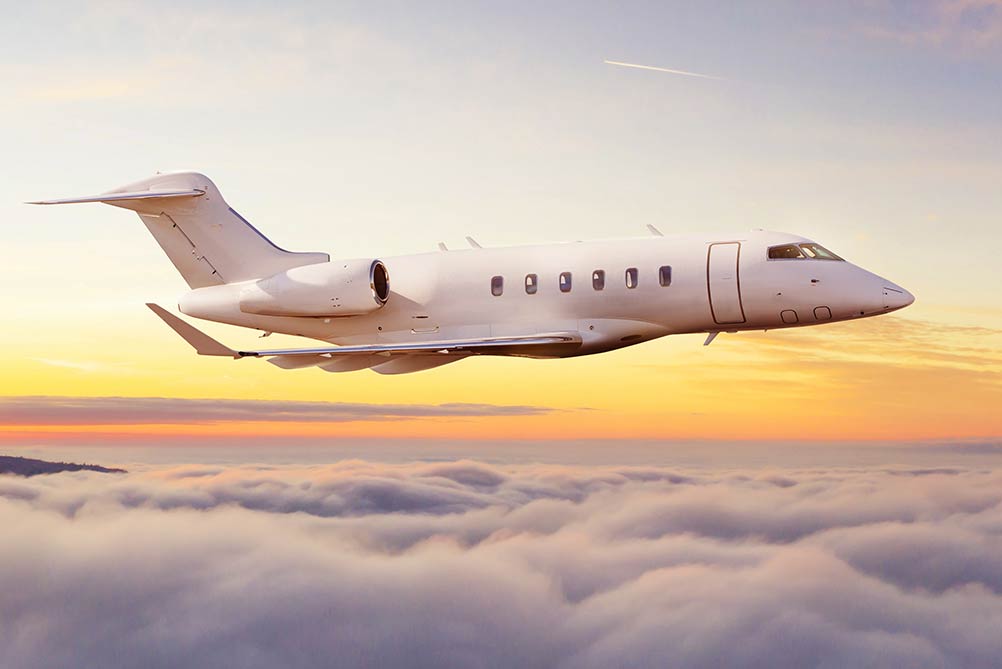2 min read
Government Contractors – Private Plane Cost Guidance
Saggar & Rosenberg Team
:
May 1, 2023 3:48:00 PM

As a general rule, travel costs via private aircraft in excess of the standard commercial airfare are unallowable. The use of private aircraft generally results in higher costs than travel by commercial airlines or other modes of transportation. The Federal Acquisition Regulation (FAR) provides guidelines on the allowability and allocability of costs associated with the use of company-owned aircraft for government contract work. The Cost Accounting Standards (CAS) also provide guidance on the allocation of costs associated with company-owned aircraft.
Travel costs via private aircraft in excess of the standard commercial airfare are allowable in two situations:
(1) when travel by such aircraft is specifically required by contract specification, term, or condition; or
(2) when a higher amount is approved by the contracting officer.
Generally, the contractor must demonstrate that scheduled commercial airline service is not readily available at reasonable times to accommodate the company's air travel requirements. In addition, the proximity of commercial airports to the contractor's location as compared to private airfields that are used, or are intended to be used, is also a factor in conjunction with any time savings of key personnel. Increased flexibility in scheduling flights may result in time savings, productivity gains, and more effective use of personnel. It is the government contractor’s responsibility to demonstrate and justify the higher cost of private aircraft by providing a fully supported cost-benefit analysis. The costs should be allocated to all passengers to determine any unallowable costs, such as spousal travel.
Costs of private aircraft include costs of lease, charter, depreciation, cost of money, operation (including personnel), maintenance, repair, insurance, and all other related costs. The size, type, and number of aircraft maintained or chartered are major considerations in evaluating the reasonableness of the costs involved.
The flight manifest/log which the contractor is required to maintain, plus other necessary backup data, should be in sufficient detail to serve as a source of support for its proposed costs. At least the following information for each flight should be provided:
- Date, time, and point of departure (airport)
- Date and time of arrival, and destination (airport)
- Names of pilot and crew
- For each passenger aboard:
(1) Name
(2) Name of company or organization represented
(3) Position held in the company or organization
(4) Authorization for the trip
(5) Purpose of the trip
Government contractors are required to follow the rules and regulations set forth in the FAR and CAS when reporting costs associated with company-owned aircraft. These rules require that the costs of operating the aircraft be allocated based on the actual usage of the aircraft. In addition, the FAR requires that the contractor maintain accurate records of the costs associated with the aircraft, including fuel, manifest/log for all flights, maintenance, and repairs.
Airfare costs in excess of the lowest priced airfare available to the contractor during normal business hours are unallowable except when such accommodations require circuitous routing, require travel during unreasonable hours, excessively prolong travel, result in an increased cost that would offset transportation savings, are not reasonably adequate for the physical or medical needs of the traveler, or are not reasonably available to meet mission requirements. However, in order for airfare costs in excess of the above airfare to be allowable, the applicable condition(s) set forth above must be documented and justified.
Exceptions to this general rule are described in FAR 72-2.2.
It is important for government contractors to comply with these regulations in order to avoid penalties and maintain compliance with government contract requirements. Contractors should consult with their legal and accounting teams to ensure that they are following the appropriate guidelines and reporting requirements for company-owned aircraft. Please reach out to our Consulting professionals at Saggar & Rosenberg for help with your unique situation.
